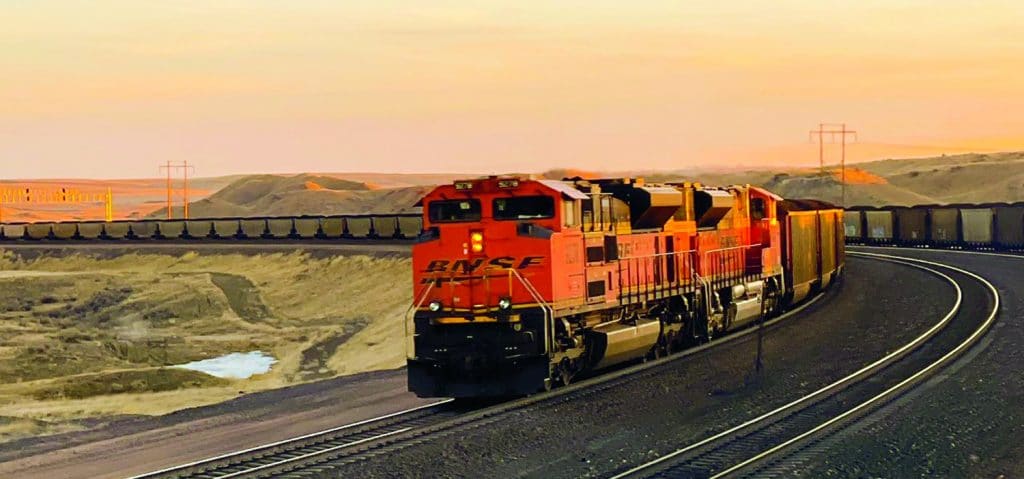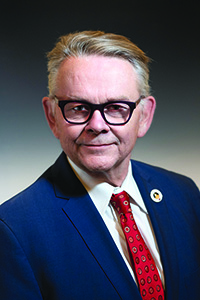

It’s difficult to imagine trying to pass off reducing the braking power of a freight train as a safety precaution, but that is exactly what BNSF attempted to do recently in a request to the FRA for a variance to increase the allowable amount of flow from 90 CFM to 120 CFM.
In their request, BNSF states that in order to reduce the slip/trip/fall risk that goes along with conductors and carmen walking a consist looking for leaks in a brake line, that they think it’s safer to depart the train with up to 120 CFM of flow and assume it will be able to stop when it has to.
FRA put out a Notice of Proposed Rule Making (NPRM) requesting public comments on BNSF’s request, and SMART-TD’s National Legislative Department was happy to oblige them. Below you can read SMART-TD’s response to FRA from Brother Greg Hynes, SMART-TD’s national legislative director.
Related News
- Better Short-Term Disability Benefits Coming in 2026
- 2025 Tentative Agreement Reached Between SMART-TD and Union Pacific
- Stand with Sister Nydia Sandoval on Monday!
- SMART Transportation Division Members Ratify New Five-Year Agreement with 18.77% Wage Increases and Enhanced Benefits
- Union Leadership Meets with New N.S. Trainees in McDonough, Georgia
- CSX Asks to keep Safety Reports out of the Crew Rooms, Injuries are Up, Fatalities Continue, and Transparency is Down
- WE WILL NOT “SHUT THE !#*$ UP AND DRIVE”!
- Railroad Retirement Benefits Set to Increase in January
- Semi Crushes Member in Decatur, Ill.
- Long-time Union Ally Mikie Sherrill Runs for New Jersey Governor